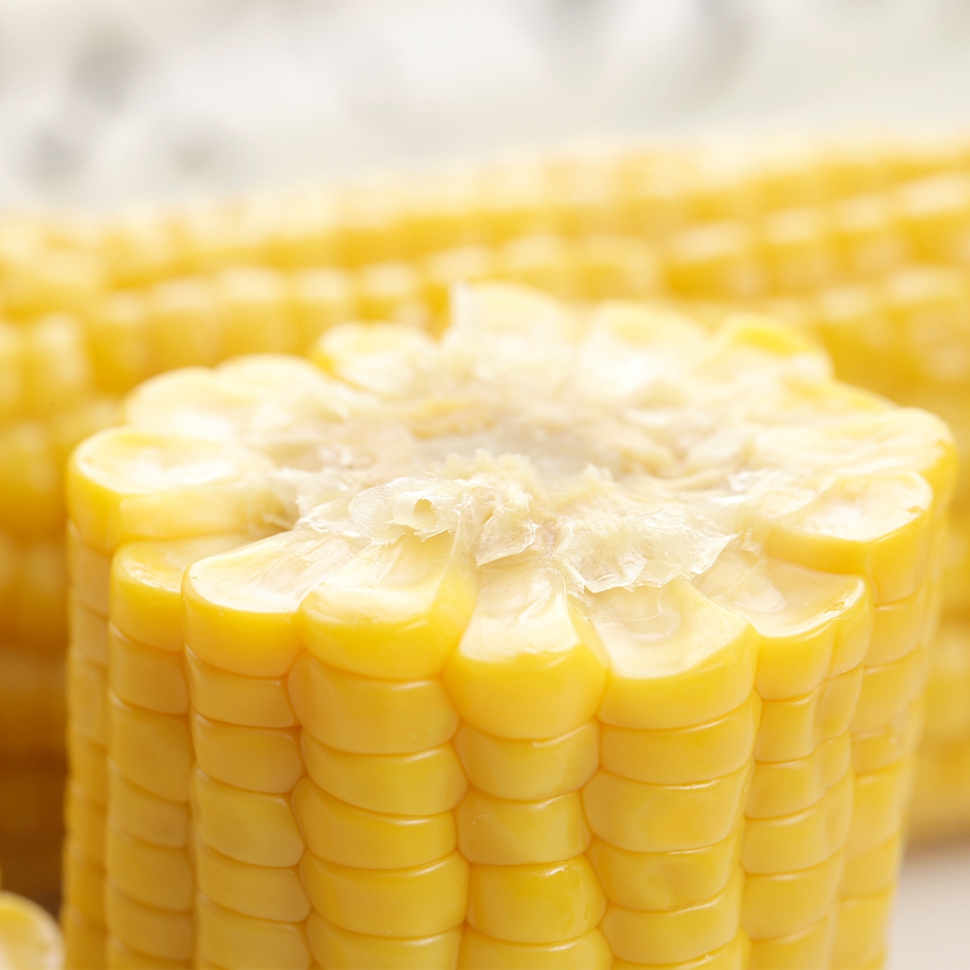Grasp the main points of fruit trees grafting
Spring is the golden season for grafting fruit trees. The grafting of fruit trees in spring is usually done by grafting (spiktails), and the methods of grafting are mostly splicing, cutting, and inserting. To improve the survival rate of grafting, it is necessary to understand the factors that affect the survival rate of grafting of fruit trees and precautions.
Affinity
The closer the affinity between the scion and the rootstock, the stronger the affinity, and vice versa. It can be summarized as the strength of different kinds of affinity in the same genus, such as apple and jellyfish, pear and du pear, and the anvil has better affinity.
temperature
When grafting, the temperature is most likely to survive between 20°C and 25°C. Excessively high or low temperature will affect the survival rate. Generally in the spring of March-April.
humidity
The ability of the scion to stay alive greatly affects the survival rate of grafting. Therefore, the saturated humidity in the air is very favorable for grafting. After the plastic film is used in production, the plastic bag is tied and then the plastic bag is used to maintain the humidity. In addition, scion storage is also critical.
illumination
Under dark conditions, the callus at the grafted site grows faster and has a higher survival rate; under light conditions, the callus is less hard and forms slowly. Therefore, shades commonly used in production are used to increase the survival rate.
Grafting method
Grafting methods vary from time to time. In the state of rootstock and scion not peeling from March to April, branching (including splicing, cutting, etc.) and budding grafting should be used. Scion moisture content: Scion moisture content will directly affect the graft survival rate. In operation, the scion is usually soaked in water and the scioned scion is contained in the mouth to maintain the scion moisture content.
Disclaimer: Some articles in this website have been transferred from the Internet. If you are involved in third party legal rights, please inform this website. phone
Single Vacuum Packed Sweet Corn
Corn (Maize) is cultivated throughout China. It is also widely grown in tropical and temperate regions of the world and is an important cereal. With yields of up to 700-900 kg per mu, maize is one of the more productive grains.
Corn is rich in nutrients, with protein, body fat, tapioca starch, vitamin B1, vitamin B2, vitamin B6, vitamin A, vitamin E, carotene, methyl cellulose and calcium, phosphorus and iron. Corn is a good source of vitamin C, which can help boost the immune system and help fight cancer. Compounds found in corn have been shown to reduce the risk of cardiovascular disease. According to research, fresh corn contains 4-5 times more body fat than rice and flour, and contains unsaturated fat, of which 50% are fatty acids, which inhibit the digestion and absorption of cholesterol. It is an excellent medicine for long-term use to reduce blood cholesterol and soften blood vessels, making it an ideal vegetable oil for patients with hypertension, coronary heart disease, obesity and the elderly.
Corn is also a cereal and low-fat food. Researchers have found that a low-fat diet has no significant effect on the risk of several diseases. In past follow-ups, a low-fat diet was found to provide significant and sustainable health benefits.



If you have any questions, you can contact us immediately by leaving a message on the website or by sending an email.
Cream Sweet Corn Cob,Whole Sweet Corn Cob,Cream Sweet Corn,Fried Sweet Corn Cob
Jilin Province Argricultural Sister-in-law Food Co., Ltd. , https://www.nongsaocorn.com
